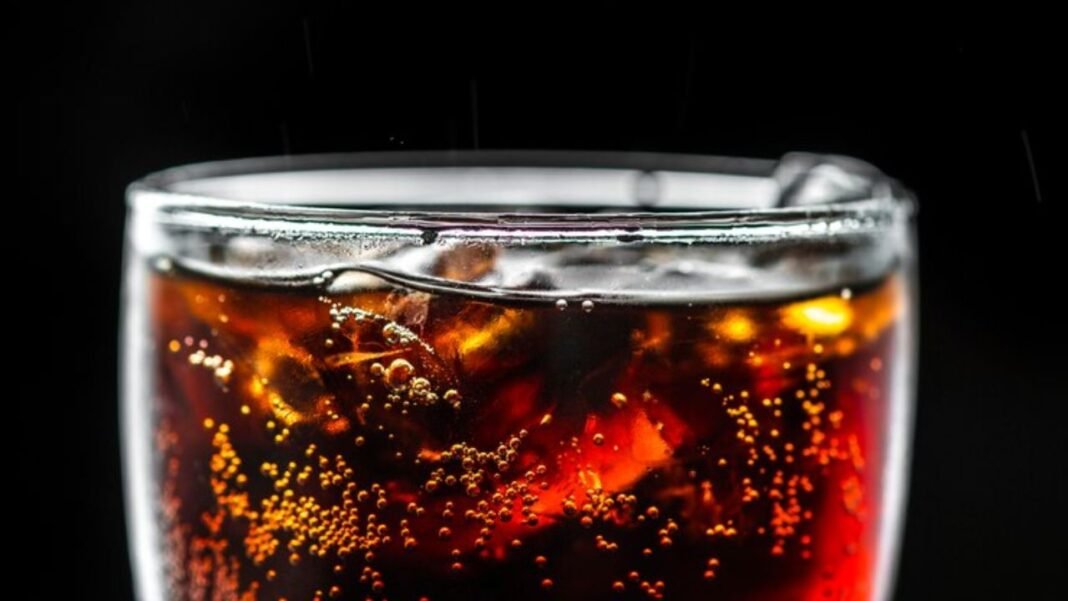A sudden perception of Diet Pepsi shortage has taken many by surprise. If you’ve wandered down the soda aisle lately, you might have noticed a gap appearing where you once found your favorite drink. It’s curious and a little worrying for those who favor its distinct taste. Diet sodas, such as Diet Pepsi, have been a popular choice for those seeking a sugar-free option in their beverage choices. As more people become cautious about their sugar intake, the demand for diet sodas continues to play a significant role in the beverage market. Let’s unbottle what’s happening and how it’s affecting drink enthusiasts like you.
Marketing Strategies and Labeling Changes
One of the driving forces behind this perceived shortage might be the evolving marketing strategies that shift from traditional labels. The terminology is increasingly moving from “diet” to “zero sugar,” appealing to a health-conscious crowd who might associate the term “diet” with outdated perceptions. Products branded as “zero sugar” are gaining traction. This change is not just in name; it’s part of a broader strategy to refresh the product’s identity, perhaps to attract a younger audience or to fall in line with current health trends.
This rebranding can impact consumer perception significantly. When products are labeled differently, it influences not only what we grab off the shelf but also how often these products are stocked or restocked. With “zero sugar” versions appearing more frequently, the traditional “diet” versions, like Diet Pepsi, might experience shelf space reductions, leading to the perception of a shortage.
Health Concerns Influencing Consumer Choices
There’s an undeniable shift in consumer choices driven by growing health concerns surrounding diet sodas. Studies suggest potential links between artificial sweeteners found in diet sodas and various health issues like metabolic syndrome and type 2 diabetes. These findings have led some consumers to reconsider these beverages, causing ripples through market demand. Now, you might ask how this affects products like Diet Pepsi.
While some may avoid diet sodas due to health warnings, others might switch from “diet” to “zero sugar” versions, perceived as a healthier option despite similar ingredients. Because of these health debates, manufacturers may produce lesser quantities if demand seems to wane, contributing to availability issues in certain areas.
Consumer Preferences and Taste Tests
The curious case known as the “Pepsi Paradox” highlights interesting consumer behavior. Many state they prefer one brand over another, yet blind taste tests often contradict these preferences. For instance, while many people claim allegiance to Diet Coke, blind taste tests sometimes reveal a preference for the taste of Diet Pepsi. These tests highlight the complex interplay between brand loyalty and actual taste preferences.
This dynamic might influence purchasing decisions and reaction to any shortages. When a favored brand like Diet Pepsi becomes less available, consumers may lean toward alternatives, impacting market dynamics even further. Despite your potential taste preference for Diet Pepsi in a blind test, if you don’t find it on the shelves, you might just pick what’s available.
Potential Reasons Behind a Perceived Shortage
You’re probably wondering, what could be causing these perceived shortages? There might be a mix of factors at play. Supply chain disruptions remain a primary suspect anytime product availability becomes scarce. Given the complexities of production and distribution, it’s not far-fetched to imagine these issues impacting beverage availability.
Moreover, manufacturing challenges can also play a role. If the focus shifts to zero-sugar alternatives, manufacturing priorities might adjust accordingly, leaving traditional diet versions, like Diet Pepsi, in shorter supply. Plus, evolving consumer demand can be a game-changer. If consumer preferences shift more rapidly than production can adapt, sweeteners may take longer to reach your local store shelves.
Conclusion
Despite the perception of a Diet Pepsi shortage, understanding the dynamics and market trends provides clarity. From labeling shifts to health-conscious consumer behaviors, multiple factors contribute to this landscape. Market strategies are evolving, and products are being reframed to fit new consumer narratives.
As these elements intertwine, they reshape what’s available and when. While these changes might mean classic options become less visible, they also open the door to new trends and tastes. The market for diet sodas continues to evolve, and so does consumer choice. So, as you navigate your next soda decision, keep an eye on how these insights might play out on your local store shelves and beyond.
For additional insights and updates on how business trends like these unfold, check out our dedicated articles on Smart Business Views. We’re here to keep you informed on what matters most to your everyday choices.

